Wave Hill – Jewel of Riverdale
Many years ago I was a docent at Wave Hill in the Riverdale section of the Bronx. It is both a public garden and cultural center and is one of the neighborhoods’ biggest tourist attractions. With its numerous small specialty gardens there is always something wonderful to see. One particular favorite is the aquatic garden filled with water plants in the warm months of the year– water lilies, water lettuce and pickerel weed – and surrounded by pergolas with assorted vines. Another favorite is the Marco Polo Stefano Conservatory which is comprised of three sections where there is always something to see. The entrance lobby has several large plantings such as the Dicksonia tree fern plus small pots containing flowering plants. The other two rooms are specialty areas – the tropical room, and the cactus/succulent room.
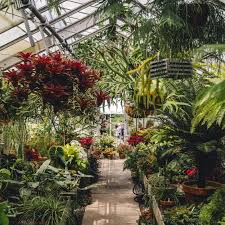

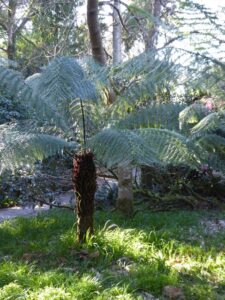
![]() Other spectacular gardens include the perennial garden, the shade garden and the iconic pergola covered in vines overlooking the Hudson and the Palisades.
Other spectacular gardens include the perennial garden, the shade garden and the iconic pergola covered in vines overlooking the Hudson and the Palisades.
Kelli78 gave us this shot of the iconic view of the pergola.
Wave Hill Docents
As docents-in-training, we studied the history of the garden. However, our main purpose as docents was to lead tours for the Garden’s visitors. Since tours obviously require public speaking, our mentors assigned each of us a short talk about some chosen plant in the garden. My assigned plant was the Davidia involucrata tree for which I henceforth felt a special affinity. We were expected to do some research on the subject and deliver a 3-5 minute talk. I must have passed since I was a docent there for about six years.
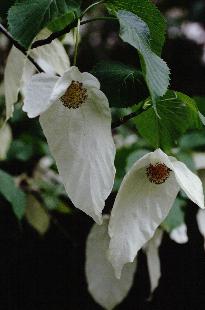
The name Davidia involucrata is certainly a mouthful. Colloquially it is referred to as the Ghost Tree, the Dove Tree or even the Handkerchief Tree. All these names are fancifully derived from the white flower that blooms profusely in the springtime.
Botanical Surprise
But wait! Are those white flower-like flowers really flowers? We tend to think that the colorful parts surrounding the reproductive organs are flowers. Botanists, however, are more persnickety. The large white structures on the Davidia involucrata are called involucrata and they are actually modified leaves.
There are many examples of showy involucres where the colorful leaves overshadow the actual flower in the center of the structure. These include dogwood (S. Jeselsohn)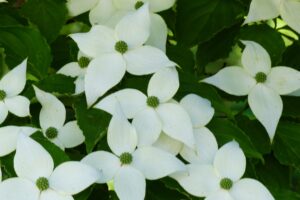 , poinsettia, and bougainvillea.
, poinsettia, and bougainvillea.
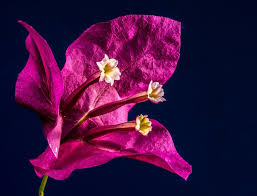

I had assumed that these modifications were relatively unusual. It turns out that I was mistaken and have also learned that there are other numerous leaf modifications.
Following are three of the many examples of leaf modifications:
Spines
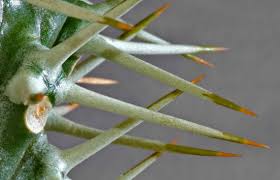 I was quite startled to learn that spines are leaf variants. Their obvious purpose is to protect the plant from animal predation. However, it is believed that spines play a much larger role in protecting plants such as cacti in desert conditions. Spines greatly reduce water loss which ordinarily occurs as part of the process of transpiration – movement of water from the roots and out of the leaf openings called stomata. Ordinarily, in temperate plants water flows from the roots, through the plant’s tissues and eventually escapes by evaporation through the stomata. Spines do not have stomata thus preventing this route of moisture loss. In addition, spines break up air flow and create an area of higher moisture around the plant. In foggy conditions dew collects on a spine, which is then channeled down towards the roots of the plant for absorption.
I was quite startled to learn that spines are leaf variants. Their obvious purpose is to protect the plant from animal predation. However, it is believed that spines play a much larger role in protecting plants such as cacti in desert conditions. Spines greatly reduce water loss which ordinarily occurs as part of the process of transpiration – movement of water from the roots and out of the leaf openings called stomata. Ordinarily, in temperate plants water flows from the roots, through the plant’s tissues and eventually escapes by evaporation through the stomata. Spines do not have stomata thus preventing this route of moisture loss. In addition, spines break up air flow and create an area of higher moisture around the plant. In foggy conditions dew collects on a spine, which is then channeled down towards the roots of the plant for absorption.
Surprisingly spines also provide the shade needed in high density sunlight. This can be accomplished either by the sheer numbers of spines covering the plant or by other spiny adaptations that appear fiber-like and act as a gauzy covering over the surface of the plant.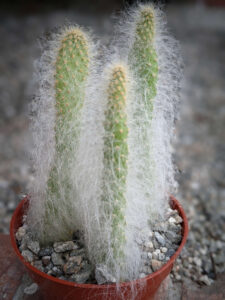
Adventitious Roots
Roots are vital for the absorption of water and minerals and for anchoring plants into the soil. They are generally invisible as they grow downward and out of sight. These types of roots, however, are formed from a specific tissue called the apical meristem and the radical is what we think of when we think of a root. Adventitious roots mean those roots that grow from the stem or are leaf modifications, and it is the leaf modification that we will explore here.
I love to propagate both my indoor and outdoor plants but I have never tried leaf cuttings. Apparently, this is an important method to propagate begonias by cutting out the center of begonia leaves and sticking them in moist vermiculite in a covered container that creates a small greenhouse. In the case of African violets, one simply removes a leaf from a mature plant and just sticks it in a container with well-draining soil. In both the above cases, roots form within a few weeks and you have produced several new plants.
Propagation from stem cuttings uses a similar method.
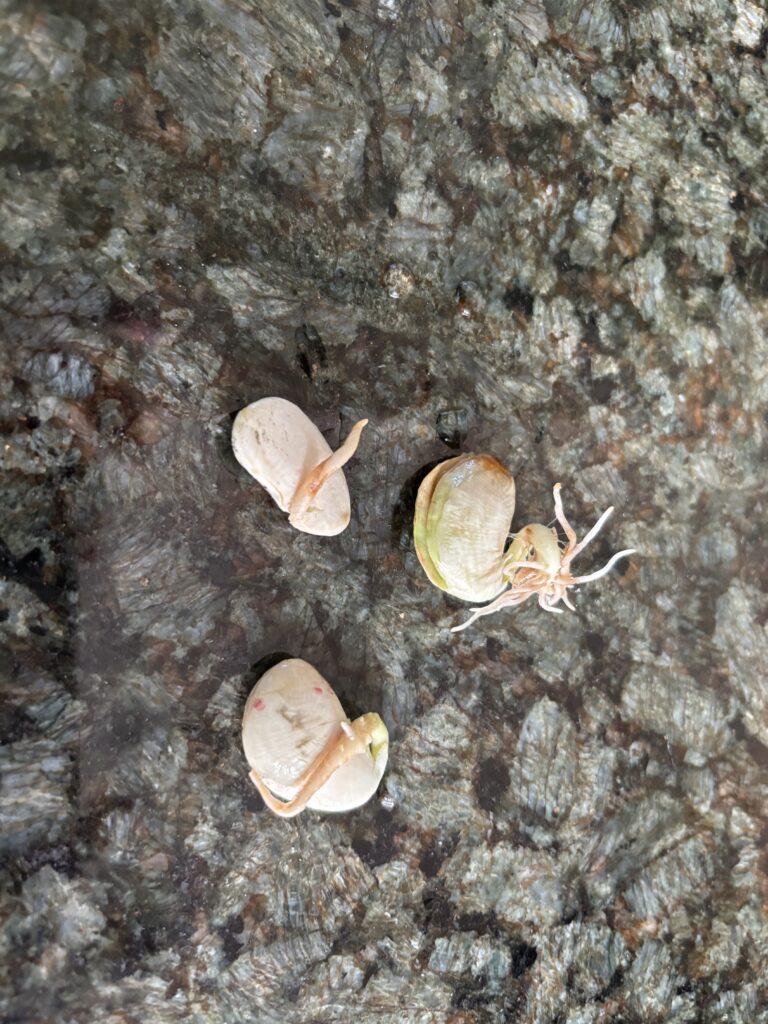
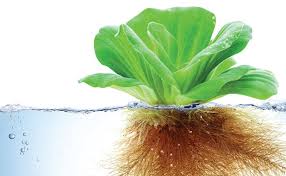
Reproductive Leaves
What do you mean ‘reproductive leaves’? Short of propagation techniques don’t plants reproduce through seeds or spores? Well, usually although a friend gave me a Bryophyllum daigremontianu, now a Kalanchoe daigremontianu that is colloquially known as a ‘Mother of Thousands’ for very good reason. Not only is the edge of each leaf covered with baby plantlets, they tend to separate and form new plants all over the house.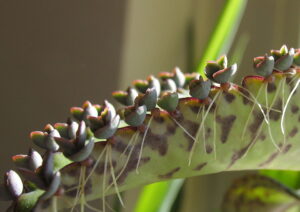
Except for the Bryophyllum section of the genus Kalanchoe, this is not a usual process of plant reproduction.
And That's not All
This is a short selection of leaf modifications. In addition to the above, leaves also become tendrils allowing vines to latch onto supports. They form pitchers and fly trap mechanisms. They form storage organs for water in succulents.
In short, leaves are amazing!